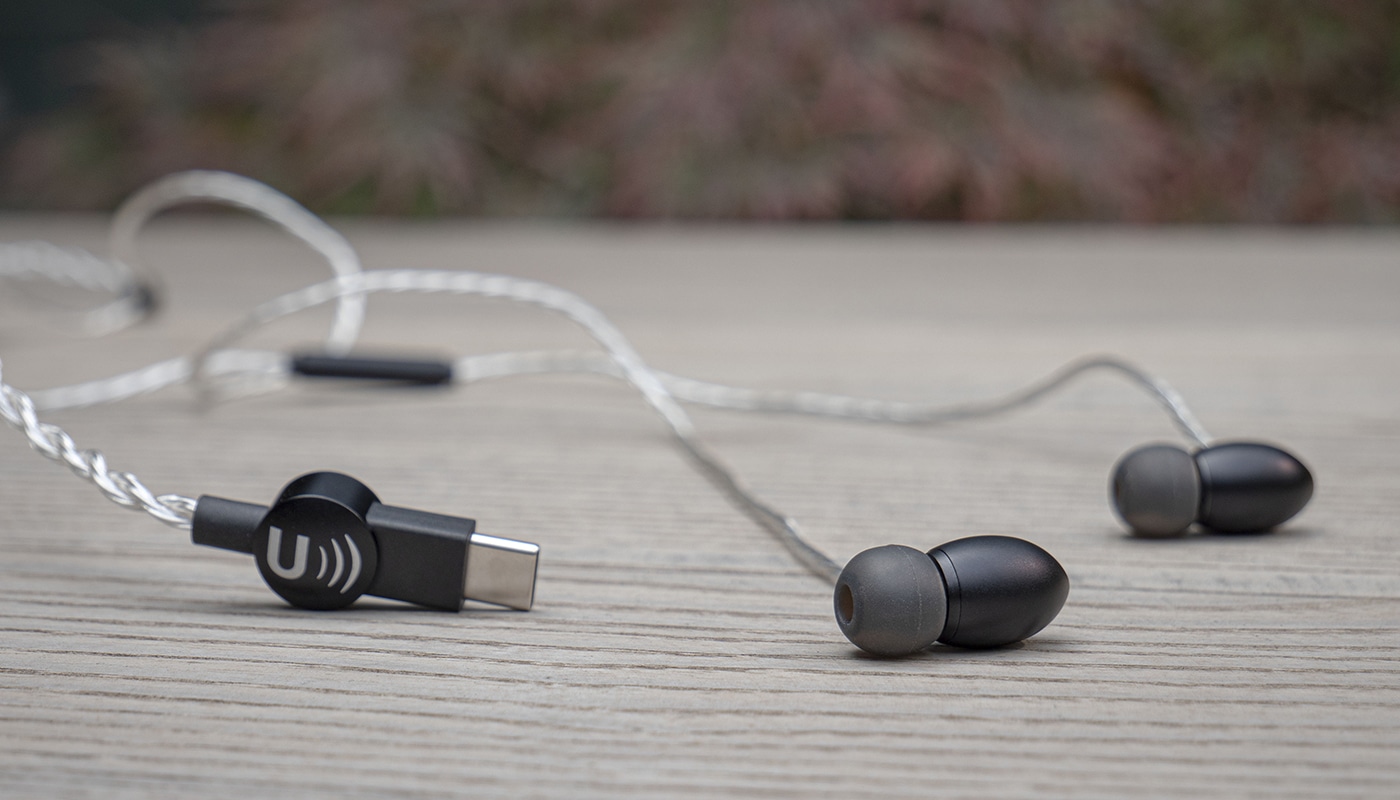Sokel
Master Contributor
Oh,that's good to know,I suppose they know better than that:Don't be stupid. B&K 1974 Target Curve is successfully applied to an already auto-EQ-corrected room. Sonarworks, for example

What is your favorite house curve
OK. Next question for you folks. As far as I can tell there is no spinorama for the Focal Aria 926's, which happen to be my main speakers. However, Amir did do a spinorama for the Aria 906 standmount speakers. They use the same tweeter and mid driver as the 926, but lack the two woofers as they...
 www.audiosciencereview.com
www.audiosciencereview.com
(unless @Floyd Toole is also stupid)


